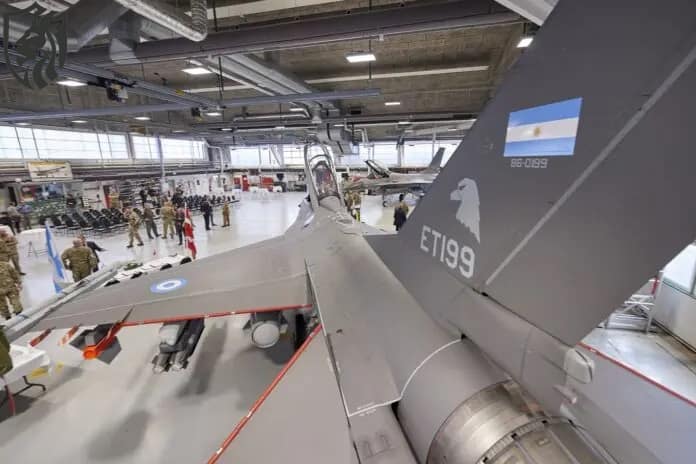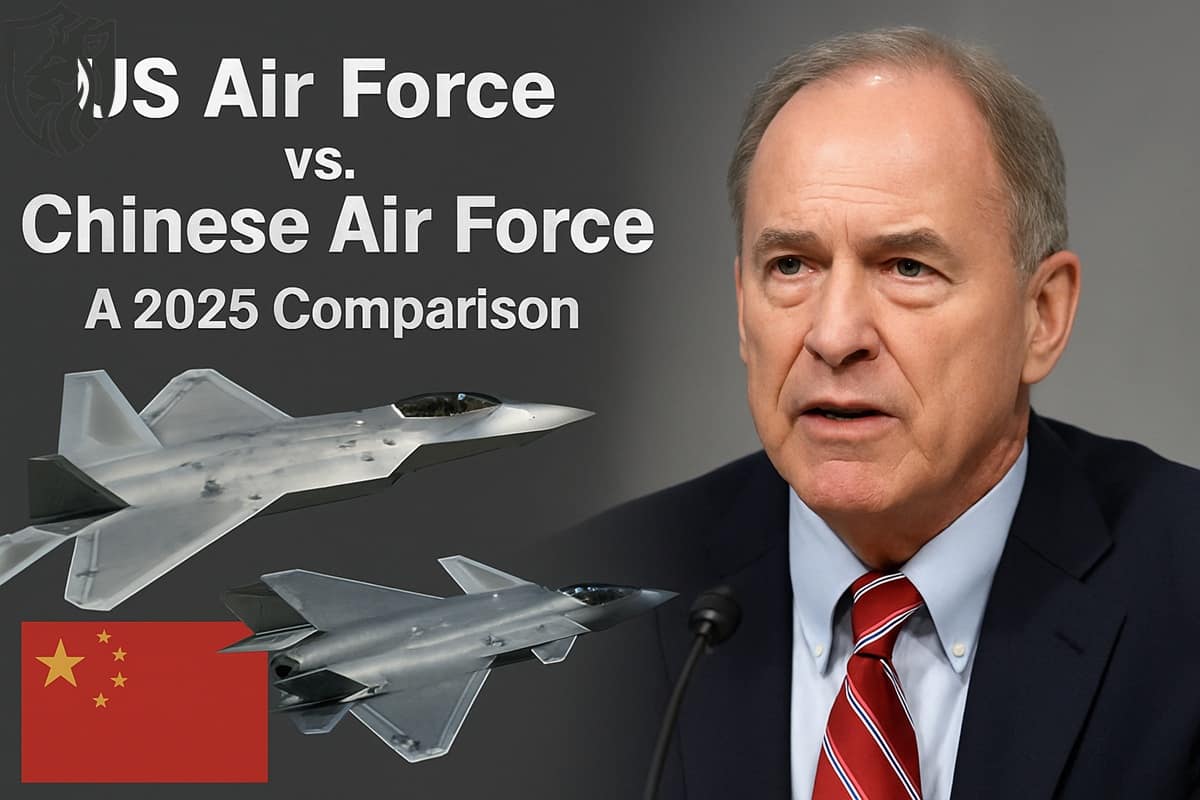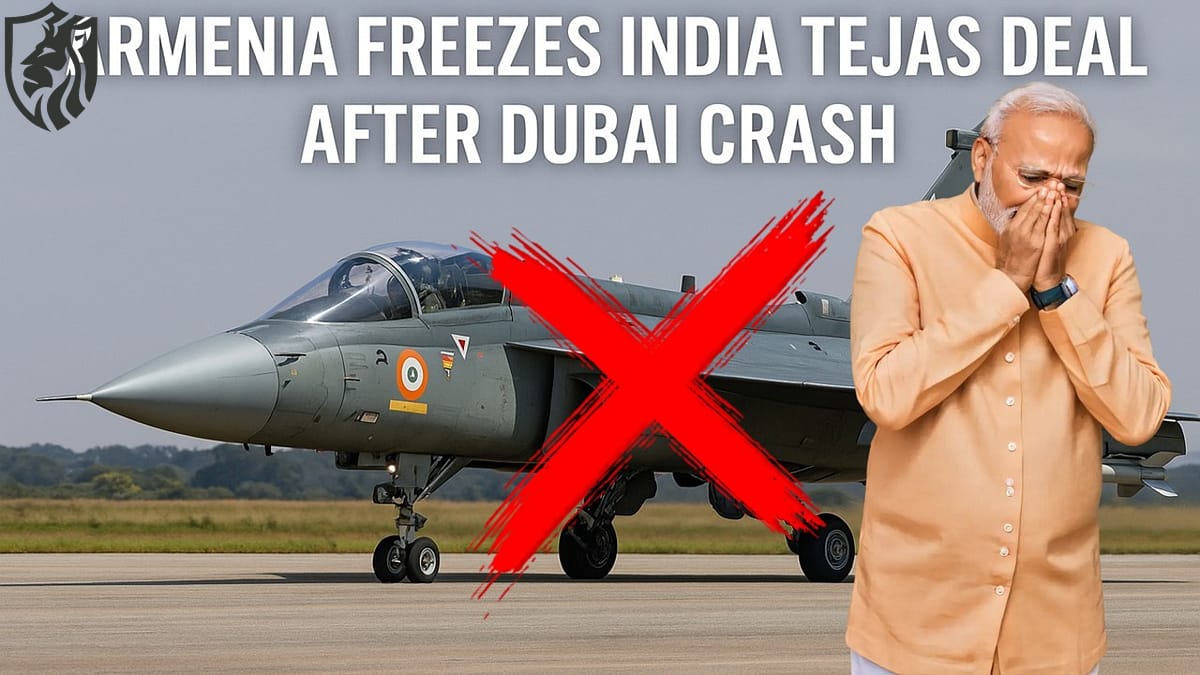
Danish F-16
Argentina’s air force is undergoing a significant transformation with the arrival of its first F-16 Block 10 trainer aircraft from Denmark. This delivery marks a key milestone in the country’s efforts to modernise its ageing fleet. This article explores how the arrival of the F-16 Block 10 will influence Argentina’s military capabilities and its broader strategy for future defense.
Why are they using old Danish F-16s?
Acquiring older F-16s may seem like a questionable decision at first, especially given the presence of more advanced and capable fighter jets available today. However, for countries like Argentina, this strategy can make sense under certain circumstances, despite the drawbacks.
Why Argentina Opted for Older F-16s
- Economic Constraints: Argentina’s financial situation plays a major role in its decision to acquire older aircraft. Investing in brand-new, state-of-the-art fighters would have been far beyond the country’s budget. Instead, purchasing used F-16s is a cost-effective way to modernise the Air Force without overextending its resources.
- Training and Pilot Development: The Block 10 F-16, although an older model, still offers significant training value. The aircraft’s dual-seat configuration is ideal for instructing new pilots. It may not be a frontline combat aircraft, but it serves to familiarise pilots with the essential systems and procedures, making it an excellent starting point for Argentina’s air force modernisation.
- Availability and Support: Denmark’s offer of surplus F-16s allowed Argentina to avoid the long wait for new aircraft and the high costs associated with developing or purchasing advanced platforms. With support from Denmark, Argentina can modernise its aeroplanes over time, ensuring they remain useful for a variety of purposes.
- Strategic Positioning: While the F-16 Block 10 may not be the latest model, it enhances Argentina’s strategic position in South America. By securing a platform commonly used by NATO-aligned countries, Argentina could strengthen cooperation with Western nations. This is important for interoperability and military alliances in a region that is becoming more geopolitically complex.
- Potential for Upgrades: The older F-16s are not static; they can undergo upgrades to improve their avionics, weapons systems, and radar capabilities. As technology advances, these aircraft can be retrofitted to remain competitive, providing a bridge between current capabilities and future fighter jet acquisitions.

Challenges of Older F-16s
- Maintenance and Spare Parts: As you rightly pointed out, one of the significant challenges of purchasing older aircraft is the availability of spare parts. The F-16 Block 10, being one of the earliest variants, may require more maintenance and could face difficulty sourcing replacement parts as its lifecycle continues. Such challenges can result in higher operational expenses in the long run.
- Limited Combat Readiness: While the Block 10 is a capable aircraft, it lacks the advanced systems found in more recent models. This limits its operational potential, especially in combat scenarios where newer technology offers clear advantages. Argentina will need to invest heavily in upgrades to make the aircraft viable for more than just training purposes.
- Short-Term Solution: The F-16s may provide an immediate solution to Argentina’s ageing fleet, but they aren’t a long-term fix. Over time, Argentina will likely need to acquire more advanced fighters to maintain a competitive edge in regional defense.
Argentina’s Air Force Modernisation Plan
The Argentine Air Force has long faced the challenge of an ageing fleet, primarily composed of Mirage III and A-4 Skyhawk aircraft. These outdated platforms were no longer adequate to meet the growing defense demands of the nation. Argentina’s solution involved acquiring surplus fighters from other nations, with the F-16, despite being an older model, emerging as the ideal choice. The recent delivery of the first F-16 Block 10 trainers represents a crucial initial step in the modernisation process.
The Role of the Danish F-16 Block 10 Trainer in Argentina’s Air Force
The F-16 Block 10 trainer aircraft is not intended to be a combat platform. Instead, it serves as a training tool for Argentine pilots, helping them become familiar with the basic systems and procedures of the F-16. While it’s an older variant of the F-16, the Block 10 remains highly capable, providing a solid foundation for future upgrades.
Despite its age, the F-16 Block 10 remains an important asset for Argentina. It will allow pilots to gain essential experience operating one of the most widely used fighter platforms in the world, thereby preparing them for future F-16 variants or other advanced fighter jets.
Danish F-16 Acquisition: A Strategic Partnership with Denmark
The F-16s were transported to Argentina by the Argentine KC-130H, which arrived in Denmark to load the aircraft. The cooperation with Denmark is significant, as it could mark the beginning of a long-term strategic partnership in the defense sector.
Denmark, which modernised its own F-16 fleet in the 2010s, had several surplus Block-10 and Block-15 aircraft available for sale. These planes, though no longer suitable for frontline combat, are still highly capable training tools for air forces worldwide.
Argentina’s Air Force Modernisation Timeline
The purchase of F-16s is part of Argentina’s broader efforts to modernise its military. Argentina’s need to upgrade its air force amid budgetary constraints prompted negotiations with Denmark in 2016.
Argentina turned to surplus fighters due to its limited ability to purchase new aircraft, which made the F-16 a cost-effective choice. By 2019, an agreement was reached, securing 12 F-16s for Argentina, five of which would be operational, while the remainder would be used for spare parts and training.
This acquisition is not just about improving Argentina’s air capabilities; it’s also a strategic move to strengthen regional defence. The F-16 will enhance Argentina’s ability to respond to regional threats and increase its interoperability with NATO-aligned forces. Over time, these aircraft will undergo upgrades to incorporate advanced avionics, radar, and weapons systems, further enhancing their combat potential.
The Strategic Significance of the Danish F-16s in South America
In the context of South American geopolitics, Argentina’s modernising efforts have wide-ranging implications. The region has experienced instability recently, and Argentina’s acquisition of modern fighter jets positions it better for future conflicts. The F-16 will not only boost Argentina’s defense capabilities but will also allow the country to maintain a competitive edge in the region.
As other South American nations modernise their air forces, Argentina’s investment in the F-16 sets a precedent for future procurement decisions. The F-16 is still a formidable multirole fighter, making it a valuable asset for any air force seeking to bolster its defense without the financial burden of new aircraft.
Benefits of the Danish F-16 Block 10 for Pilot Training
The F-16 Block 10, originally developed in the 1980s, was designed for both air superiority and ground strike missions. While the model is outdated by modern standards, it is ideal for training purposes. Equipped with an AN/APG-66 radar, the Block 10 provides basic functionalities such as target tracking and interception, crucial for training novice pilots. The aircraft’s dual-seat configuration allows instructors to fly alongside trainees, offering real-time guidance during complex manoeuvres.
Though no longer a frontline fighter, Block 10 still offers valuable training opportunities. Its speed, range, and ability to carry various munitions ensure that it remains relevant for training programmes worldwide. Argentina’s pilots will benefit from training on a fighter that, while older, serves as a reliable introduction to more advanced F-16 variants.

Future Prospects: Upgrades and Combat Potential
Although the F-16 Block 10 will not immediately replace Argentina’s ageing fleet, it is a significant step towards modernisation. Plans for future upgrades will likely enhance the aircraft’s combat capabilities. The F-16’s adaptability ensures that it will remain relevant for years, with potential modifications to improve its avionics, weapons systems, and radar.
Argentina’s next step will likely involve acquiring upgraded combat versions of the F-16 to replace its older fighters. The integration of these advanced fighters into the Argentine Air Force will require significant investment in maintenance infrastructure and pilot training. However, the F-16’s proven versatility makes it a valuable asset for Argentina’s long-term defense strategy.
The Bigger Picture: Argentina’s Military Modernisation Strategy
The F-16 acquisition is part of a broader strategy for military modernisation. Argentina’s government, recognising the strategic importance of a strong air force, has prioritised upgrading its aviation capabilities. The Argentine Air Force anticipates pursuing additional acquisitions, such as advanced fighter aircraft, to maintain its competitive defence.
Argentina’s focus on modernisation indicates its intent to strengthen ties with NATO-aligned nations. This approach boosts interoperability and encourages deeper international collaboration.
By flying a platform used by many Western air forces, Argentina gains valuable operational compatibility. It also positions itself as an important contributor to regional security.
Conclusion
Argentina’s acquisition of the F-16 Block 10 trainer is a crucial first step in the country’s military modernisation efforts. This aircraft, while not a frontline fighter, will play a vital role in training Argentina’s next generation of pilots. Argentina plans future upgrades and aims to integrate advanced combat variants into its F-16 fleet.
The aircraft will remain vital to Argentina’s air force for many years ahead. The partnership with Denmark paves the way for increased defence cooperation in the future.
It also strengthens Argentina’s regional influence and international standing. Buying older F-16s may appear to be a flawed strategy to some observers. However, it gives Argentina a practical and affordable way to modernise its air force, despite economic constraints. This step may not deliver the highest combat readiness right away.
Still, it offers essential training, regional positioning, and upgrade opportunities. The challenge will be maintaining and upgrading these aircraft effectively. Argentina must also plan for timely replacements to keep its air force strong and relevant.
References
- BulgarianMilitary.com (2023)
- Argentina Ministry of Defence (2023)
- NATO Air Forces News (2023)
- Danish Defence Ministry (2023)









